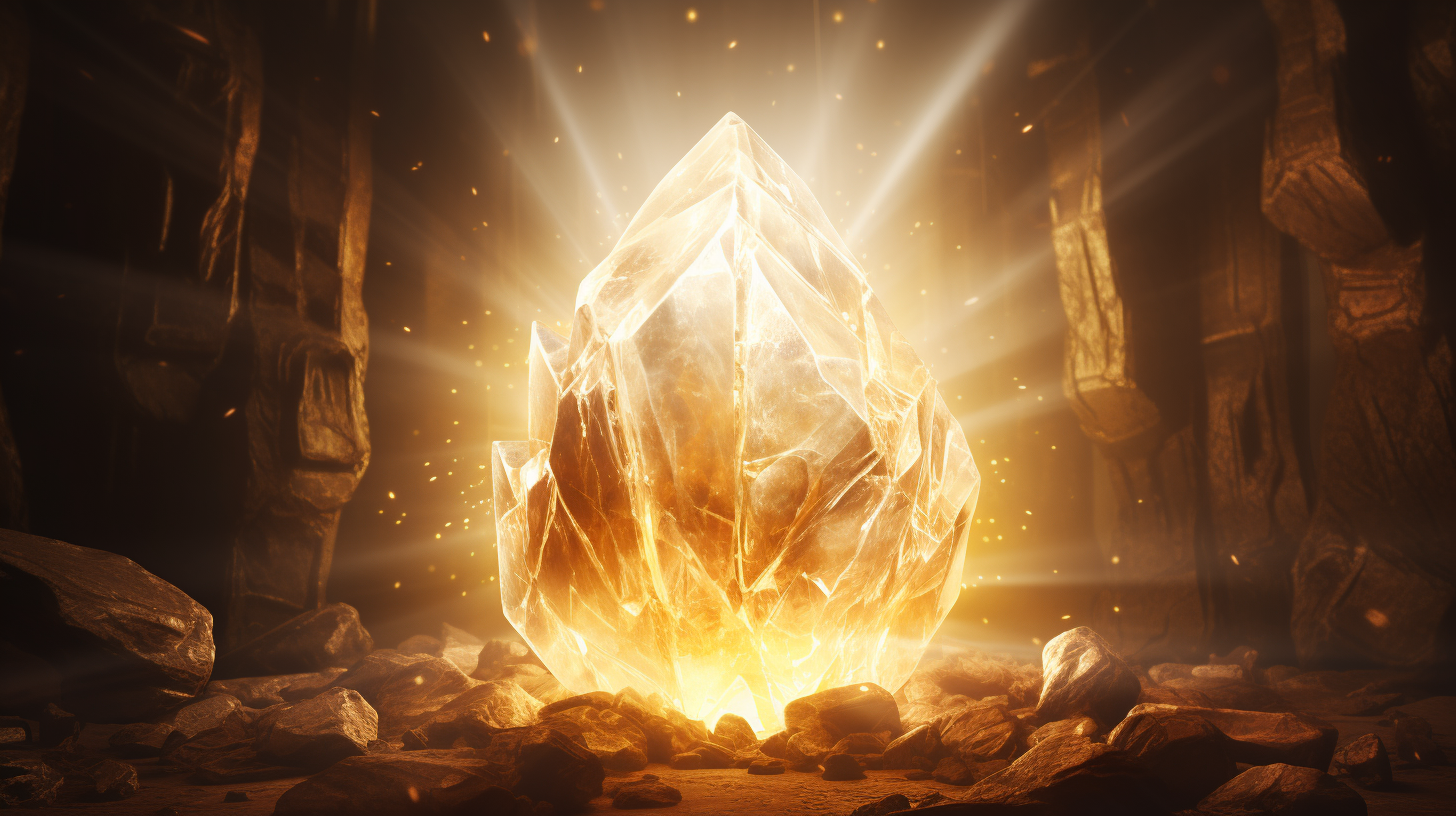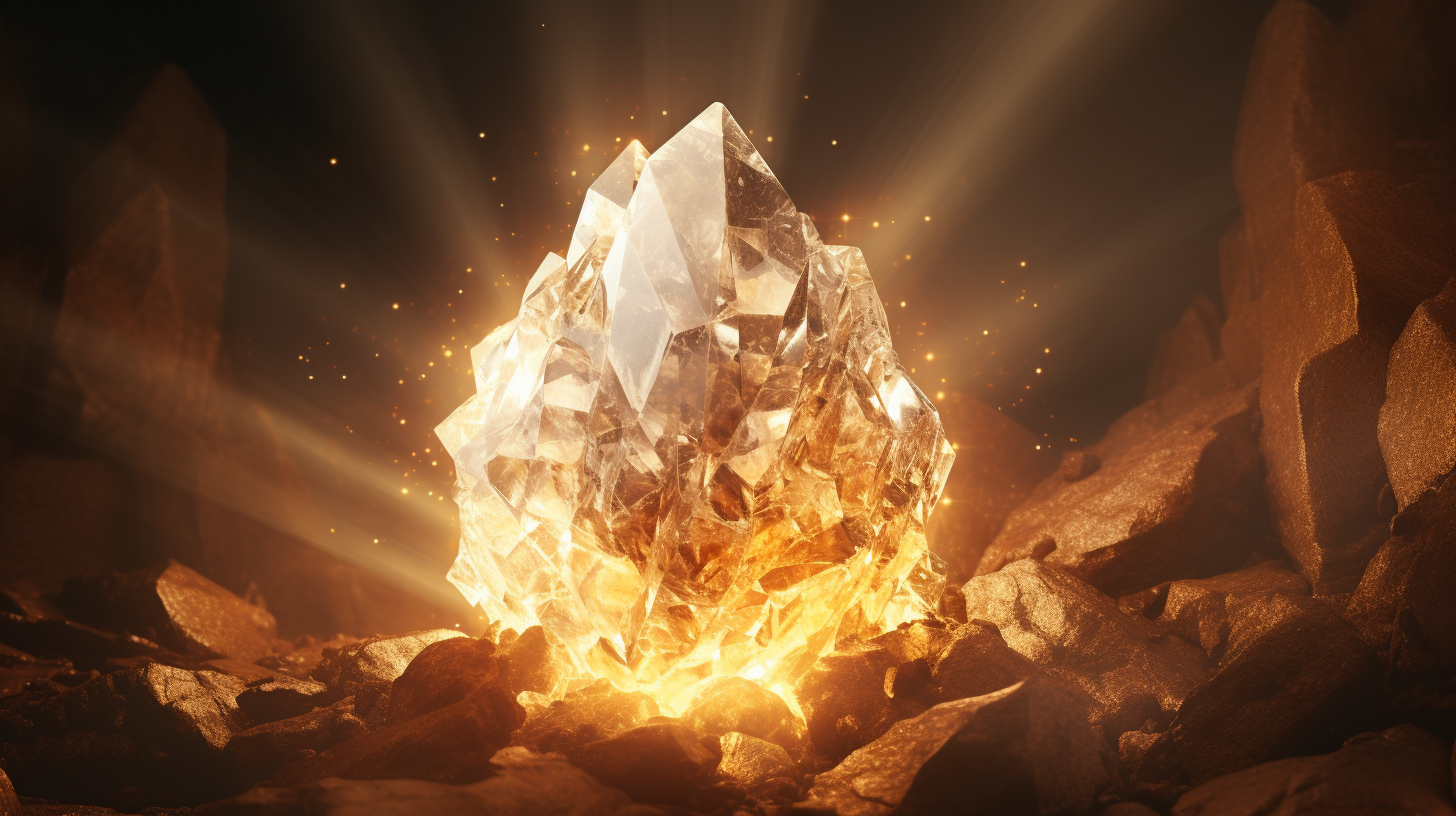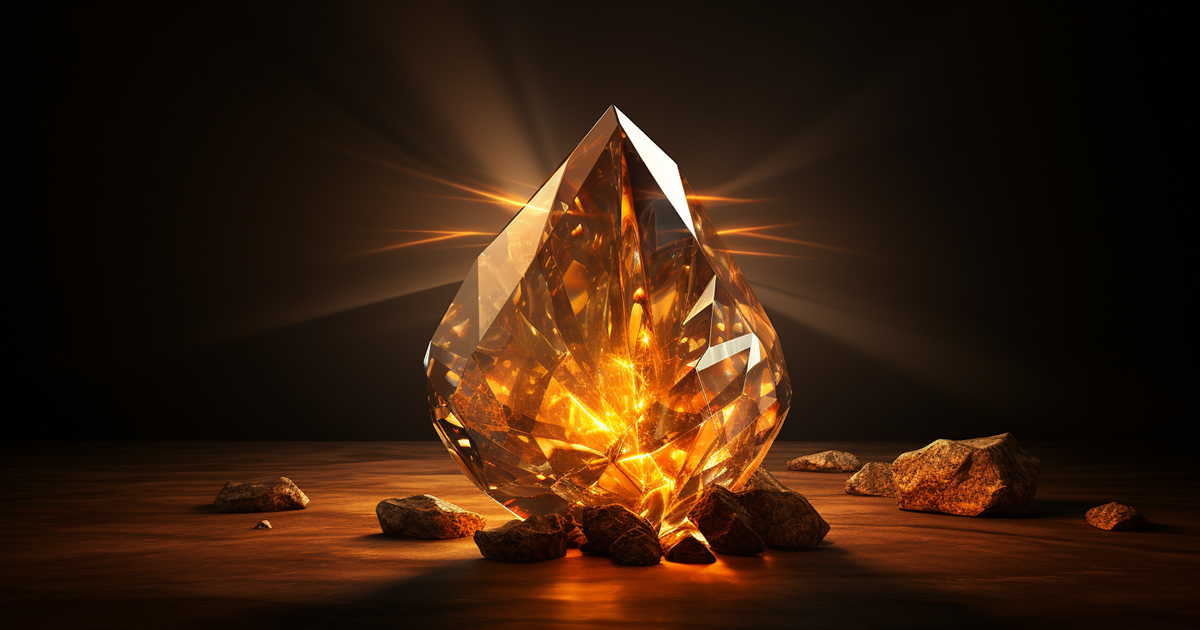Back in the frosty days of November 1996, amidst the ancient streets of Edinburgh, Scotland, a captivating event unfolded on the esteemed St. Andrew’s Day. The focal point of this incident was a rather ordinary-looking 335-pound stone, known as the Stone of Scone or the Stone of Destiny, with a remarkable history stretching over seven centuries.
In its initial appearance, this two-foot by one-foot sandstone block may not immediately catch one’s attention or hold any apparent significance. Nevertheless, the narrative woven around it through the ages speaks of wars, national rivalries, and religious importance that few artifacts can rival.
The Stone of Destiny bears profound religious connections dating back to biblical tales. According to folklore, the patriarch Jacob from the Book of Genesis had a divine vision at Bethel where he used stones for pillows during his slumber.
Lore suggests that a prophet named Jeremiah later transported this very stone to Ireland before it eventually found its way to Scotland in the year 848.

Upon its arrival in Scotland, a nobleman by the name of Kenneth MacAlpin brought the sandstone slab to the medieval town of Scone. In Scottish legend, this stone held the reputed ability to authenticate the rightful ruler of the land.
Upon the legitimate monarch stepping onto it, the stone would validate their authority, becoming a pivotal element in Scottish coronation rituals symbolizing the divine choice of the monarch.
In 1296, King Edward I of England avidly sought to possess the Stone of Destiny and the Scottish throne, accentuating its immense importance. By singling out this unpretentious stone to symbolize his conquest, Edward I underscored its value above traditional riches like gold and jewels.
By seating himself on this very stone, Edward I not only proclaimed himself as the king of England but also as the ruler of the Scots.
Placed beneath a coronation chair dubbed Edward’s Chair in Westminster Abbey, the Stone of Destiny essentially transitioned into a throne. Its perceived authority influenced the fates of rulers for generations, displaying an impact that transcended mere superstition.
The question that persists is: What is it about this unembellished rock that maintains sway in contemporary times? Surprisingly, even in the 21st century, British monarchs undergo coronation rituals upon this stone, reaffirming its enduring significance.
It stands as a testament to the unwavering belief in the divine selection of rulers, a conviction that surpasses temporal and geographical boundaries.

Despite this, doubts have arisen among certain Scots regarding the legitimacy of Queen Elizabeth II’s coronation in 1953. There are lingering suspicions about the authenticity of the Stone of Destiny used in her crowning.
On a notable Christmas Day in 1950, audacious Scottish students infiltrated Westminster Abbey, making off with the Stone of Destiny. Concealing it in Arbroath Abbey in Scotland, they entrusted it to the Church of Scotland. Although the stone was later returned to England, rumors speculate that the original stone never made its way back to Westminster, sparking speculation about a replica now resting beneath the coronation chair.
The idea of a false Stone of Destiny is both intriguing and perplexing. When the stone was returned to Scotland in 1996, it came with a stipulation—the English retained the right to utilize it in future coronations.
This condition underscores the enduring belief in its power and the significance attributed to an object through heritage, traditions, and history.
Video:
In conclusion, whether the Stone of Destiny is authentic or a meticulously crafted imitation may forever remain shrouded in mystery. Despite its genuineness, its lasting influence in shaping the destinies of rulers and nations is indisputable, rendering it a captivating piece of Scotland’s rich history that continues to intrigue and bewilder to this very day.
